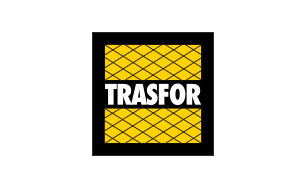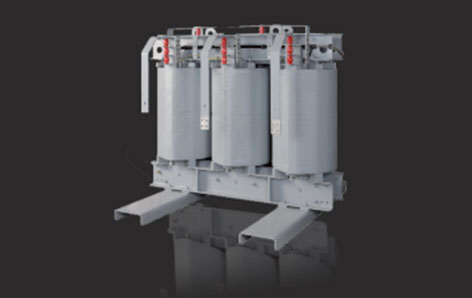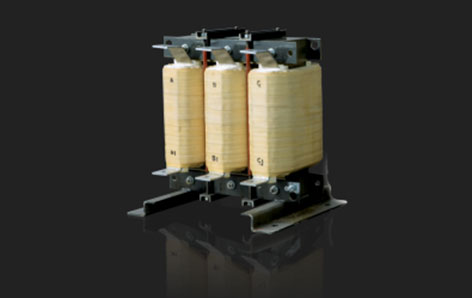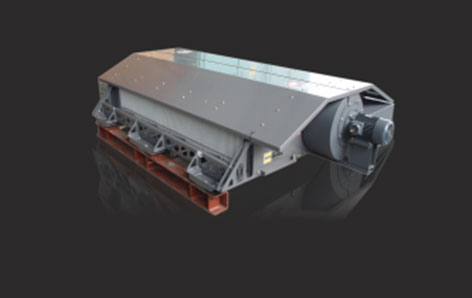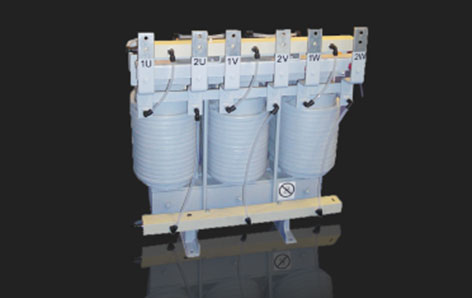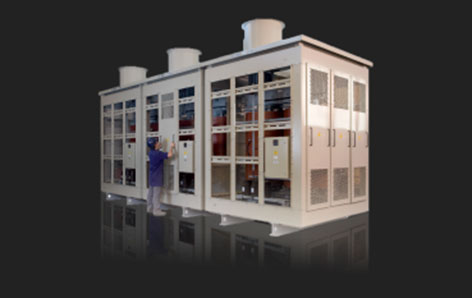
Cast Resin Transformers
The product is suitable for use with medium voltages, power ratings up to 25/30 MVA and insulation voltage up to 36kV. The windings are made with various shapes of aluminium or copper wire.
Each manufacturing stage of the cast coils passes through automated process controls that enable a product with a uniform quality that tolerates the most severe thermal and mechanical stresses.
The use of “Step Lap” mitred cores enables losses to be significantly reduced, increases the efficiency of the transformer and guarantees low noise levels.

